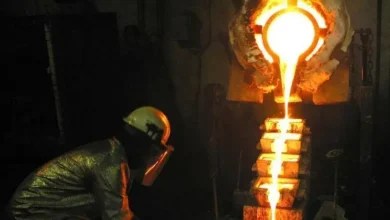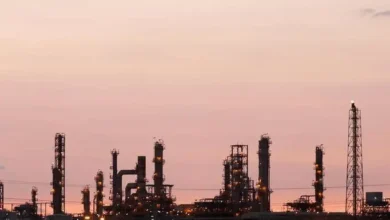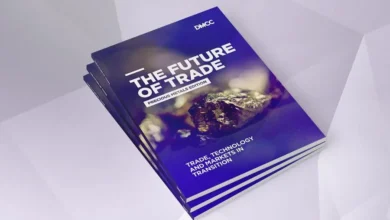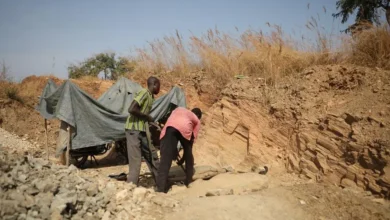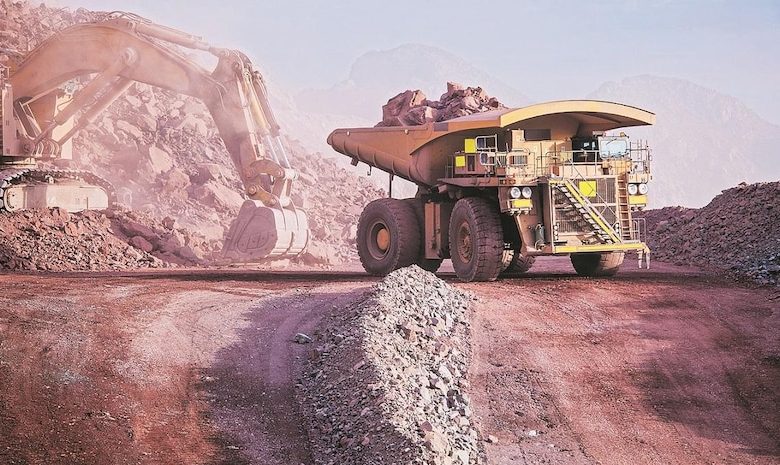
In a bid to kick-start the nation’s offshore mineral auctions, the Centre has introduced the Offshore Areas (Existence of Mineral Resources) Rules, 2024. This comprehensive regulatory framework mandates rigorous exploration standards to ensure accurate assessment and sustainable development of offshore mineral resources.
According to the new rules dated June 6, a minimum of general exploration (G2) is required to grant mining leases, while general exploration (G4) is necessary for obtaining composite licences. These standards are designed to provide a clear and structured approach to evaluating the presence and potential of mineral resources before advancing for extraction.
The new regulations come shortly before the Centre’s scheduled launch of the inaugural round of offshore mineral auctions. Former Union Minister Pralhad Joshi had told Business Standard in March about plans to auction the first batch of offshore mineral blocks by June-July of this year. The Ministry of Mines has identified 10 offshore mineral blocks for potential auction and is currently engaged in inter-ministerial consultations to secure the required approvals for conducting the auctions at the earliest opportunity.
The regulations set specific exploration norms for a variety of deposits and minerals, including construction-grade silica sand, non-construction-grade calcareous sand, calcareous mud, phosphatic sediments, deep sea minerals, rare earth element (REE) minerals, hydrothermal minerals, and nodules.
This tailored approach ensures that each type of mineral deposit is thoroughly assessed according to its unique characteristics and potential impact.
“The introduction of these rules is a significant step towards responsible and efficient utilisation of our offshore mineral resources,” said a senior official from the Ministry of Mines.
The rules also define the stages of exploration, feasibility studies, economic viability assessments, and classification of mineral resources and reserves.
The rules define exploration for any mineral deposit in four stages: reconnaissance survey (G4), preliminary exploration (G3), general exploration (G2), and detailed exploration (G1). These stages help establish the precise state of mineral exploration, classified as reconnaissance mineral resource, inferred mineral resource, indicated mineral resource, and measured mineral resource, respectively. Each stage reflects an increasing degree of geological assurance.

